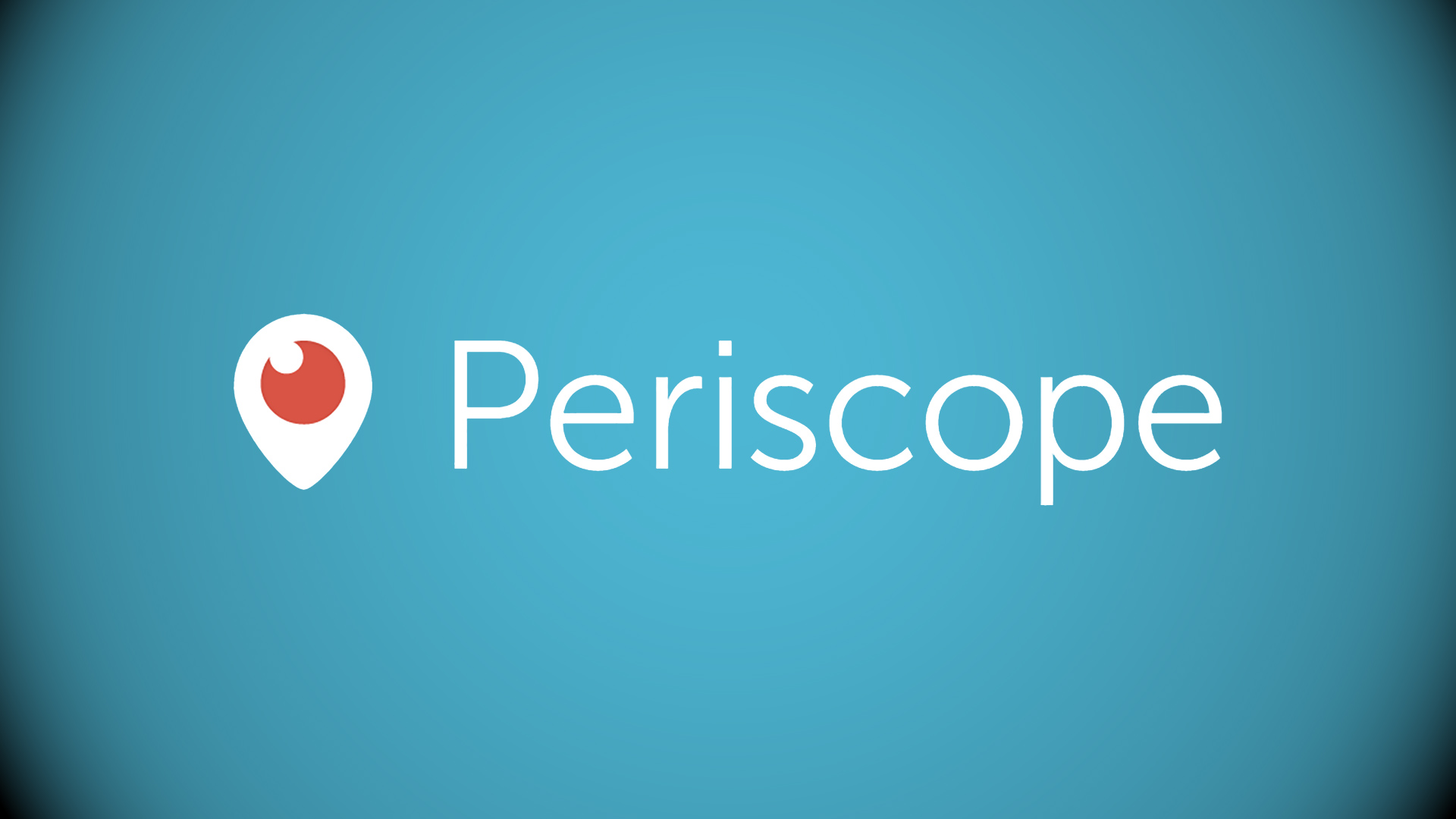Twitter’s Periscope wants to air more TV-style broadcasts
Periscope Producer will let certain broadcasters air live streams produced with expensive equipment, multiple camera angles and fancy graphics.
There are two types of live video online: the kind people shoot with their smartphones and the kind professionals produce with expensive equipment, multiple camera angles and fancy graphics. Twitter’s Periscope has been home to the former, but now it wants to make room for the latter.
On Thursday, Periscope announced Periscope Producer, a program to let certain broadcasters air more TV-style live streams. ABC’s “Dancing With the Stars,” a local CBS news station in Florida, Fusion, Louis Vuitton, The Ringer and Walt Disney Studios are among the first companies to use Periscope Producer to pipe in professional broadcasts to Periscope and Twitter.
LIVE on #Periscope: Watch our on-air broadcast of #HurricaneMatthew live here on @Periscopetv and @Twitter https://t.co/JO4Be8ogKZ
— WPEC CBS12 News (@CBS12) October 7, 2016
It’s more or less the same thing Facebook did in April, which had led to local TV news stations, for example, syndicating their TV broadcasts through Facebook Live. Now they can syndicate them to Periscope and Twitter as well — at least if they apply for access to Periscope Producer and Periscope grants it to them.
On the one hand, Twitter and Periscope are simply matching what’s already possible on Facebook with Facebook Live — and also YouTube, which has enabled professional live broadcasts for years. So there doesn’t seem to be any reason a TV or video network couldn’t opt to syndicate the same livestream to each of these platforms, in the same way a publisher could post a video to its YouTube channel, Facebook page and Twitter account.
But by establishing that parity, Twitter and Periscope can make a case for why it may make a better distribution platform for those livestreams. In short: because it’s live. (Please know that I hate myself for using Twitter’s corporate rallying cry.)
Twitter’s argument would appear to be that it’s where people go to talk about a pair of llamas let loose on city streets. So it’s where the local TV news station chronicling that chase should stream its broadcast. Not only may people not be willing to click on a link to watch the livestream on the station’s site, but a livestream embedded in a tweet removes the friction in getting a potential viewer to press play and can be retweeted in order to get in front of more potential viewers.
YouTube doesn’t have much of an argument here. It’s dependent on people sharing links to livestreams on other platforms like Facebook and Twitter, encountering them amid all the other videos on its home page or searching for the specific livestream they want to watch. Facebook, on the other hand, is trying to make a case by having its news feed algorithm prioritize live broadcasts in people’s feeds.
Opinions expressed in this article are those of the guest author and not necessarily MarTech. Staff authors are listed here.
Related stories
